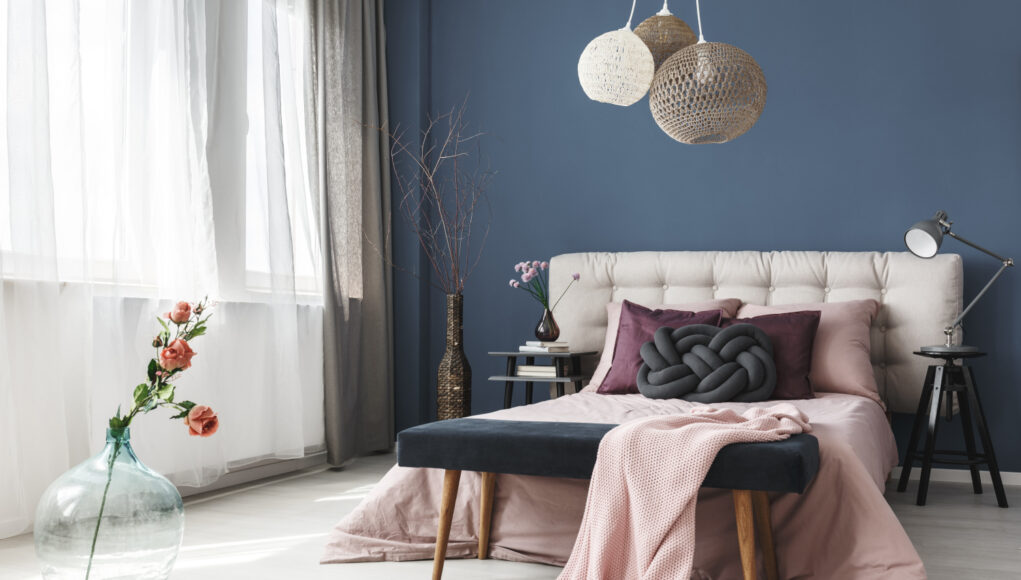Sleep is having its design moment, and it’s more than just picking the perfect mattress. Welcome to the era of “bedcore,” where sleep hygiene is shaping bedroom aesthetics, blending wellness with style at the most personal level. As research continues to highlight sleep’s impact on health and longevity, clients are increasingly seeking spaces that look stunning and promote better rest. Here’s how to stay ahead of this evolving trend to create environments that soothe the senses while supporting modern sleep habits.
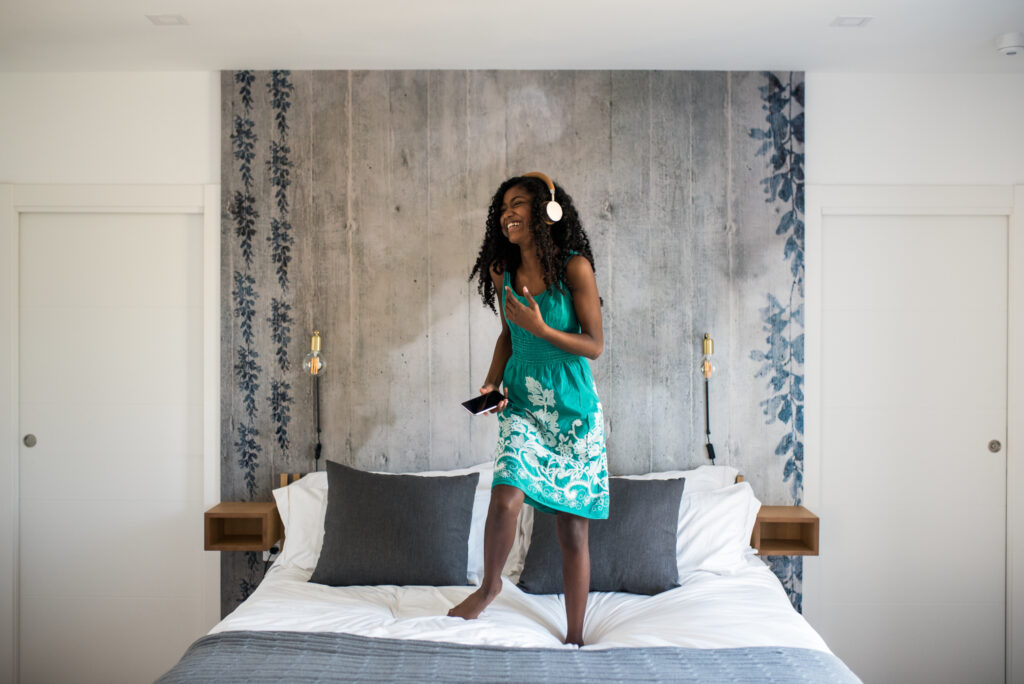
Designing for Calm
Forget stark minimalism of Kardashian mansions past. Today’s sleep-friendly bedrooms embrace warmth and simplicity without feeling sterile. Soothing tones, think warm neutrals, earthy greens, and soft blues, create a calming foundation that prepares the mind for rest. The key? Balance minimal clutter with intentional textures and patterns. Throw pillows, layered bedding, and curated artwork offer visual interest without overwhelming the space. The ultimate goal: design a room that’s visually restful, so the mind can unwind as soon as your client steps inside.
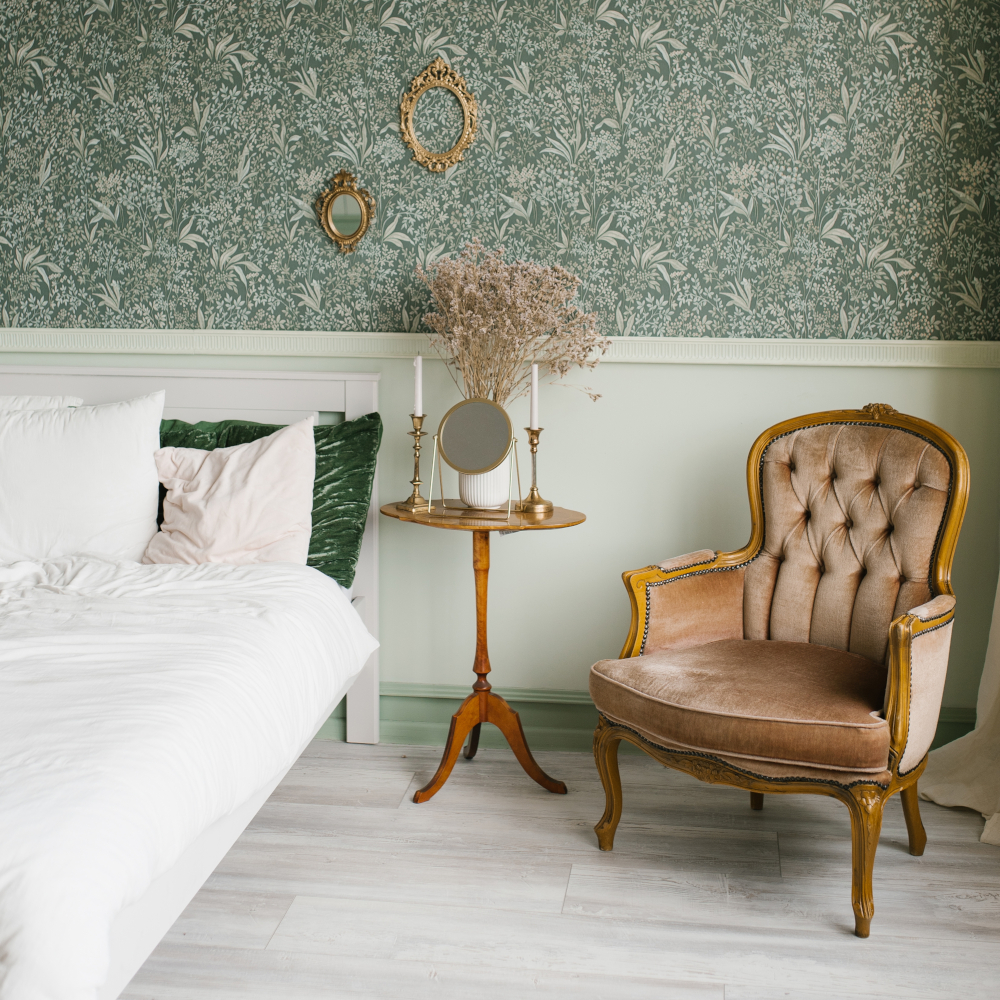
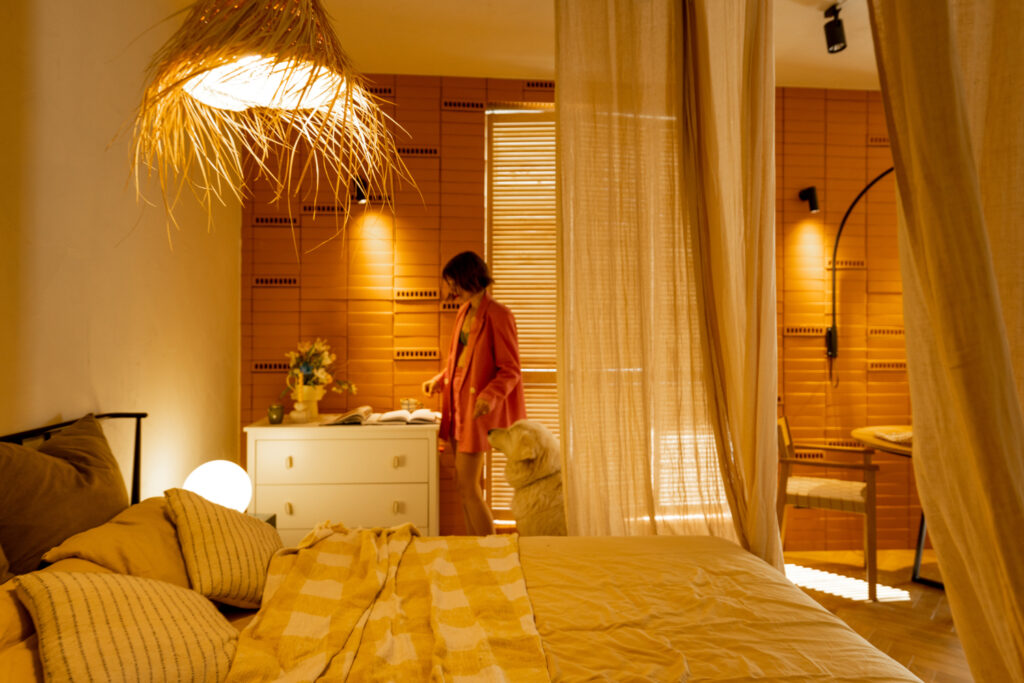
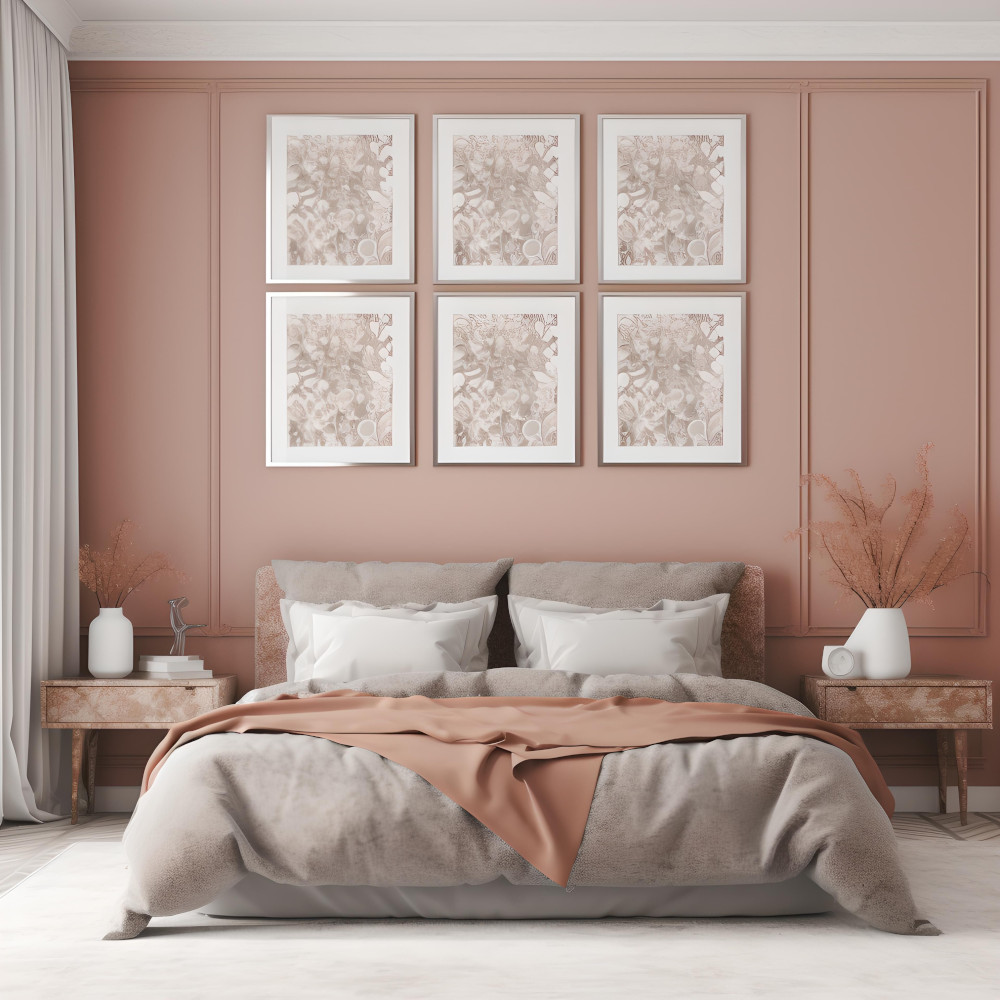
Striking Balance With Tech
Technology’s role in the bedroom is a hotly debated topic. For some clients, the bedroom is a tech-free zone. Designers are seeing more requests for analog spaces: no TVs, no visible phones. Built-in nightstand chargers can keep devices out of sight (and out of mind), helping clients avoid the temptation of late-night scrolling.
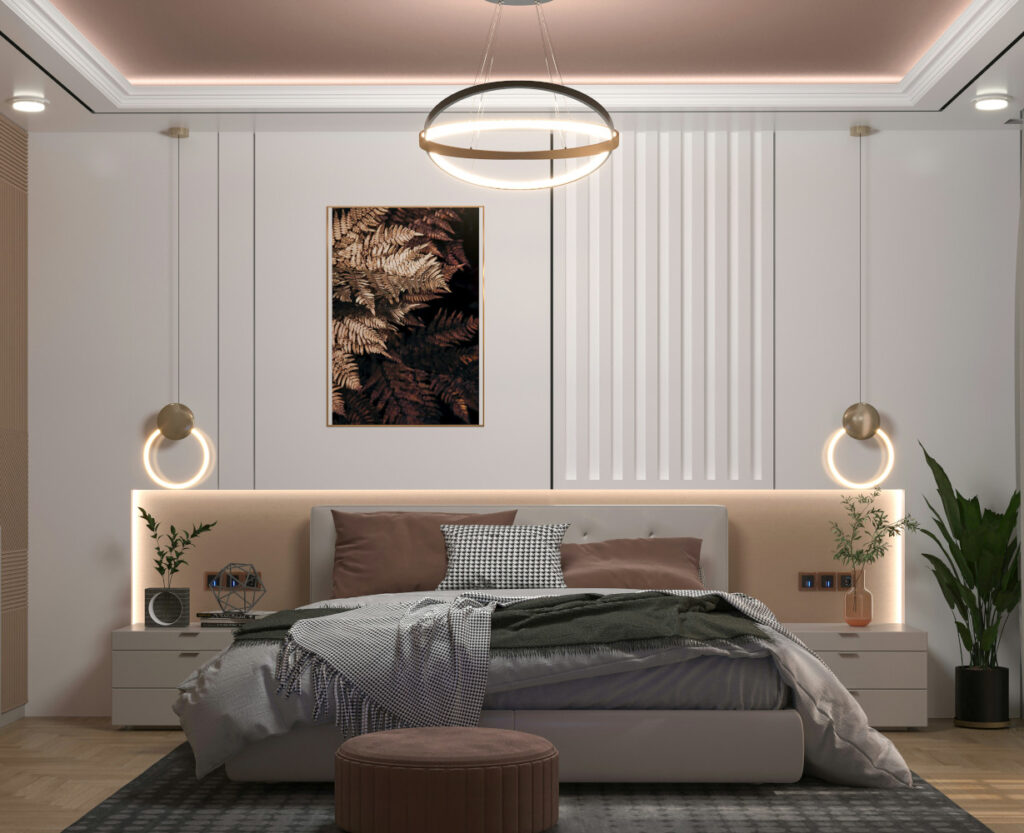
But tech isn’t off the table entirely. Smart lighting systems support natural circadian rhythms with adjustable luminosity and temperature. Set to warmer tones in the evening and cooler hues in the morning, these systems help regulate sleep-wake cycles, with no rewiring required. For tech-friendly clients, smart bulbs and voice-controlled systems offer convenience without disrupting the bedroom’s clean aesthetic.
Mastering Light Control
Light management is non-negotiable when it comes to sleep hygiene. Automatic blackout drapes are a top request, allowing clients to adjust light levels from the comfort of their beds. But not every client wants a tech-forward solution. Some designers are turning to layered window treatments—blinds, Roman shades, and curtains—giving clients more nuanced control over natural light.
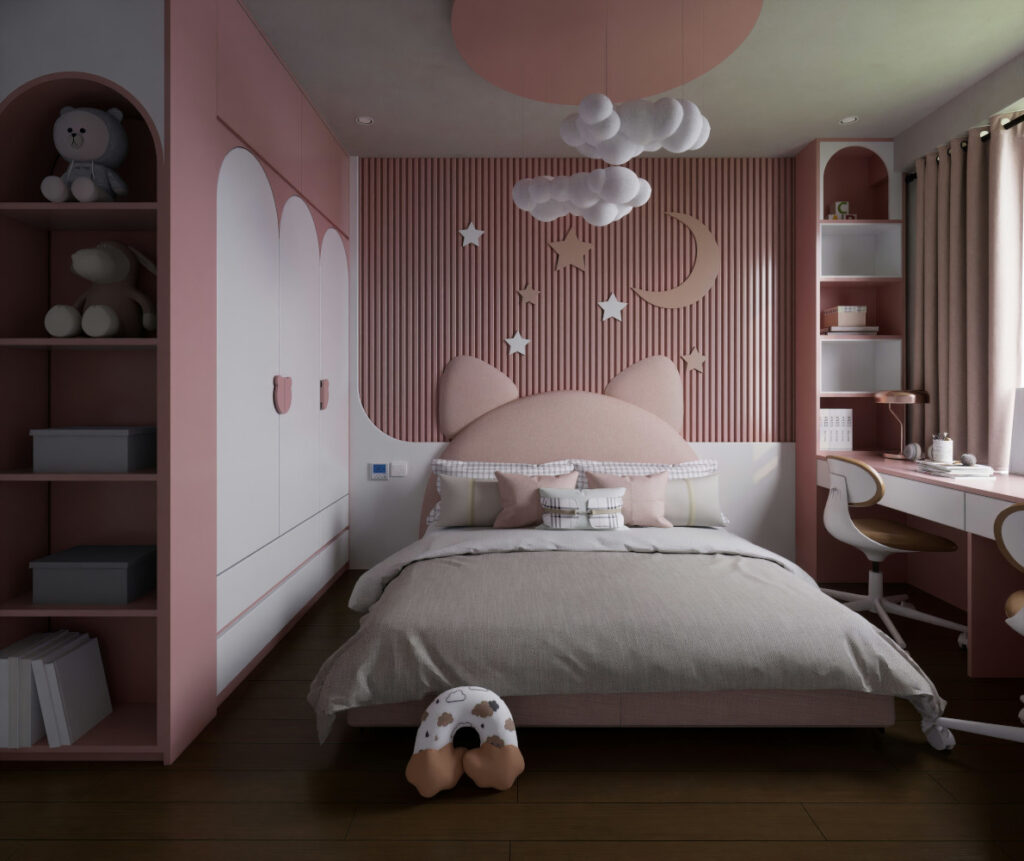
Beyond functionality, these treatments also add depth and texture to the space. Layering fabrics softens the room’s look, while custom draperies elevate the overall aesthetic. For clients seeking a more immersive feel, the trend of wrapping bedrooms in coordinated wallpapers and textiles (think upholstered walls paired with matching drapes) creates a cocoon-like atmosphere that’s perfect for winding down.
From “Bed Rotting” to “Bedcore”
The rise of social media-driven trends like “bed rotting,” where people embrace guilt-free lounging in bed, has redefined what clients expect from their bedrooms. Comfort is paramount, but it doesn’t mean sacrificing style. Designers are responding with plush upholstered headboards, extra-cozy bedding, and furniture that supports both sleep and relaxation.
For shared bedrooms or guest spaces, adult bunk beds are making a stylish comeback, offering space-saving solutions without skimping on comfort. This trend taps into both nostalgia and practicality, proving that smart design can maximize even the smallest bedrooms.
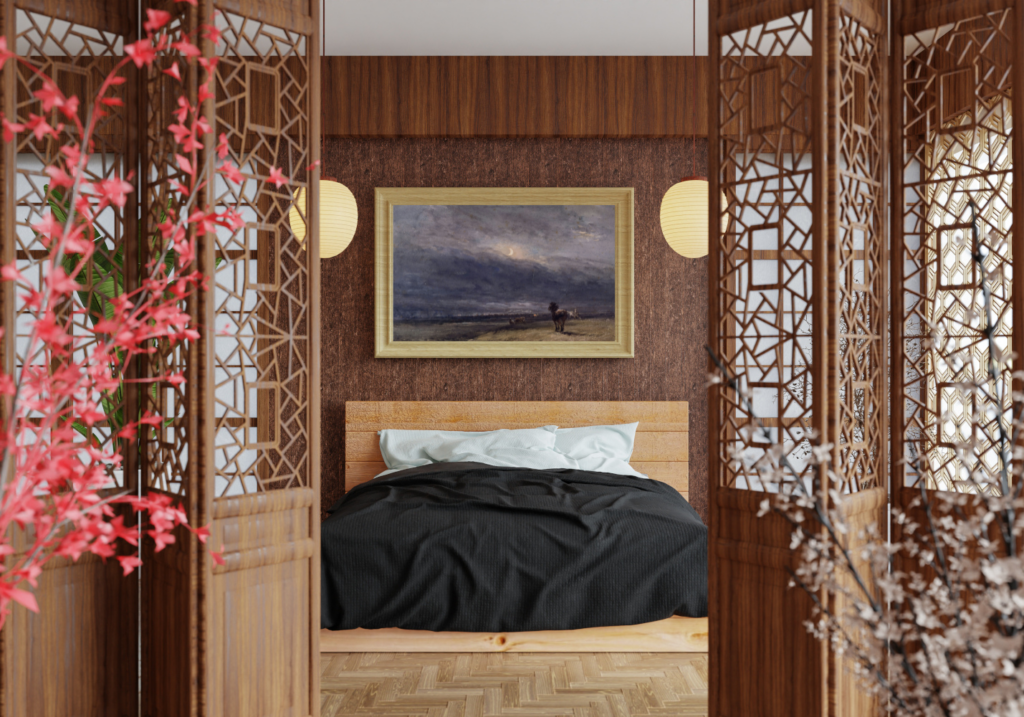
Customization Is Key
One of the biggest shifts in bedroom design is the rise of personalization. Clients want spaces tailored to their specific sleep habits and aesthetic preferences. Homeowners are more confident in expressing their unique styles, seeking designs that reflect their personalities while supporting their wellness goals.
For designers, that means listening closely to each client’s needs, whether that’s a pitch-black room for light-sensitive sleepers, a minimalist retreat free of distractions, or a layered, romantic space that feels like a personal sanctuary. The key is balancing functionality with aesthetic appeal to create bedrooms that are as beautiful as they are restful.
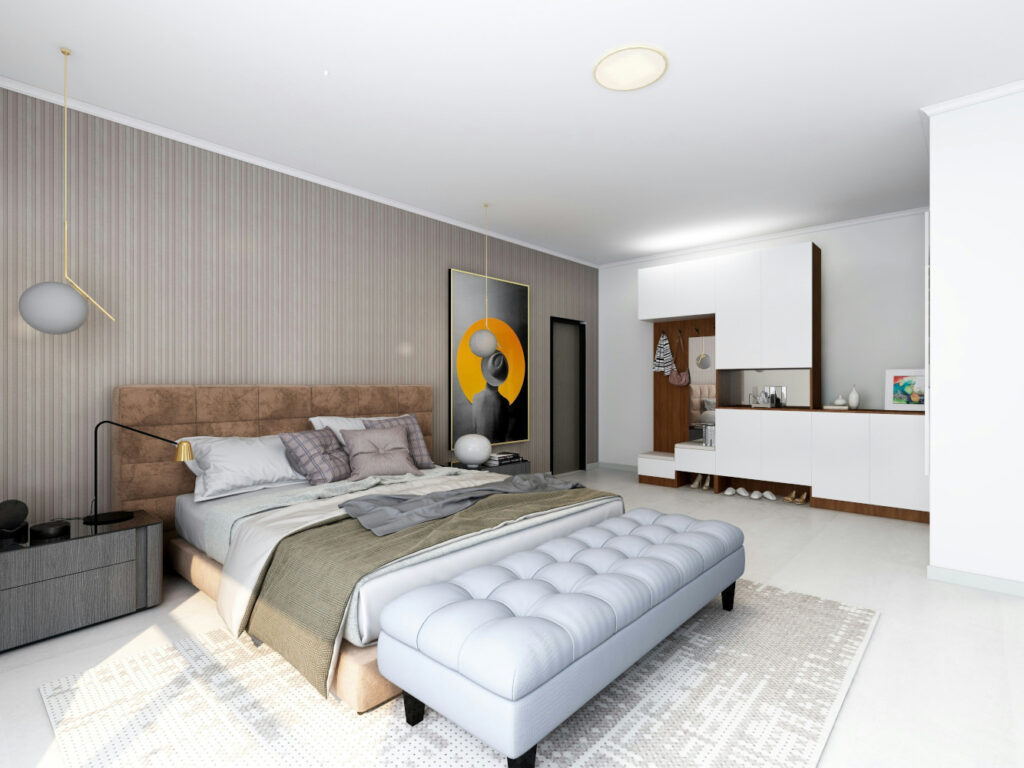
Wellness-Driven Design is the Future
The connection between sleep and our overall well-being is clear. It’s time bedroom design stepped up to the challenge, evolving from mere aesthetics to a holistic approach that prioritizes rest, relaxation, and rejuvenation. The time is now to create spaces for sleep that not only look stunning but also help clients sleep better, proving that good design truly does lead to better living.
SOURCES: Architectural Digest

